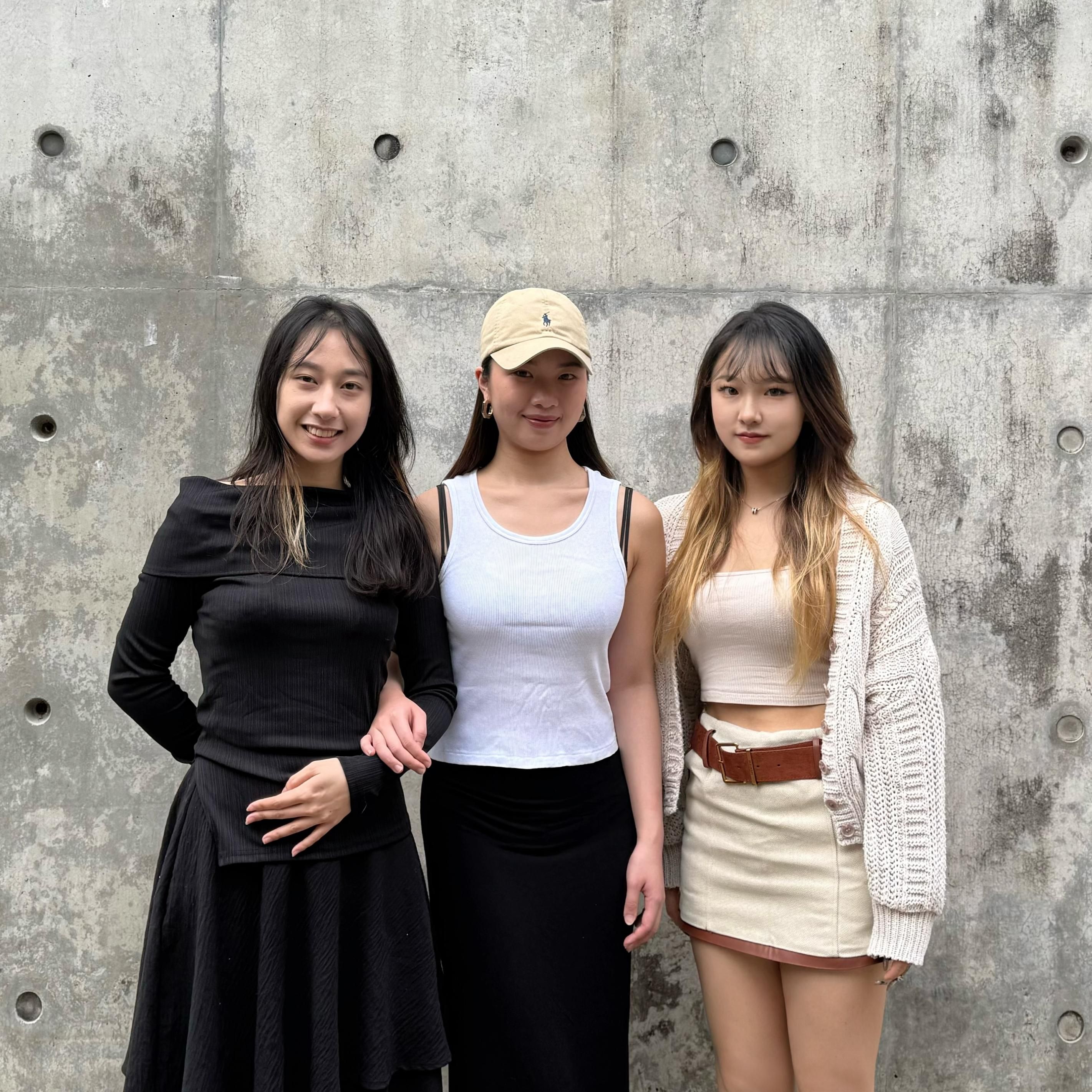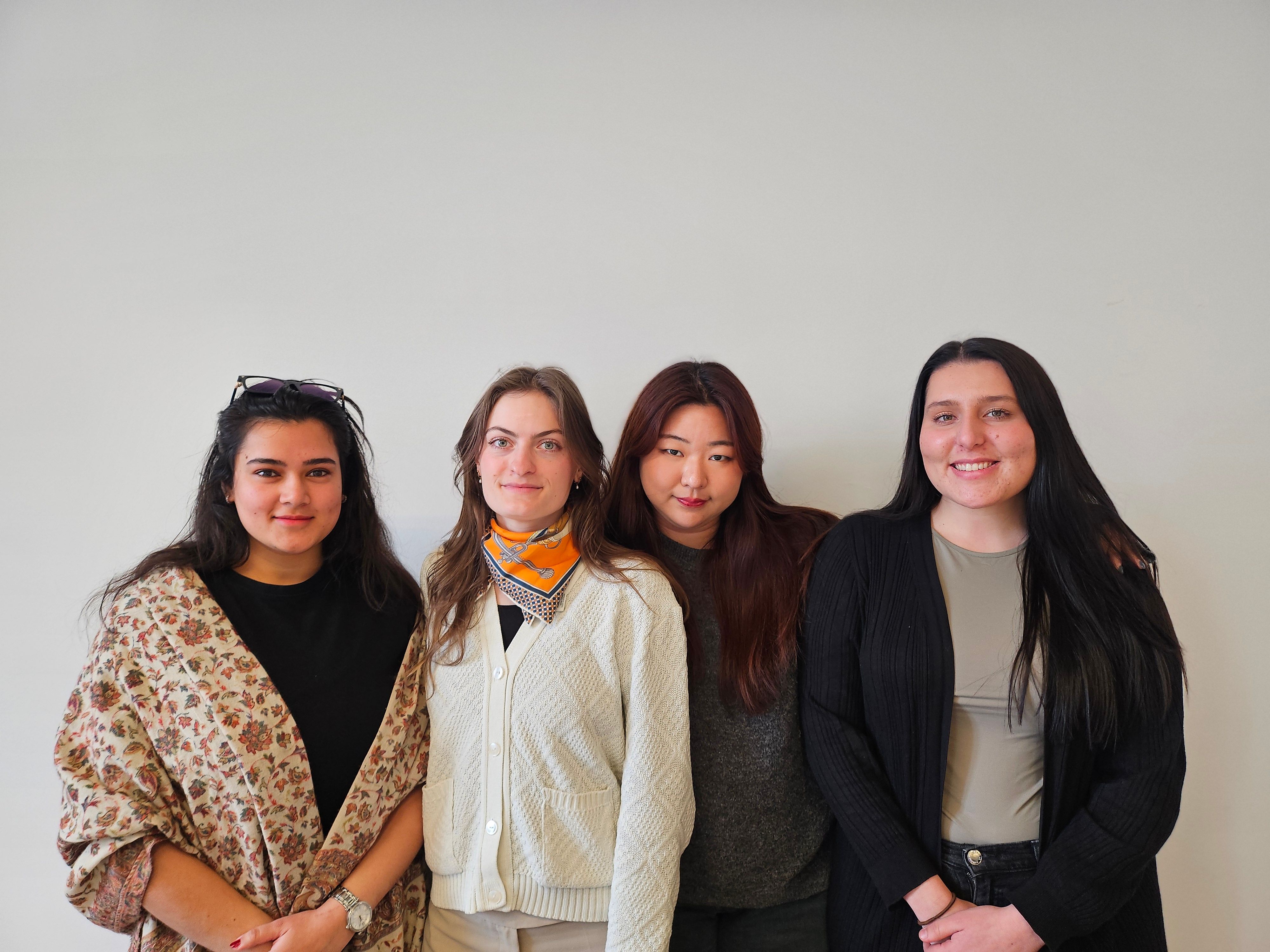)
The Future Retail Challenge student competition has become an established and popular part of World Retail Congress. 2025 was the Future Retail Challenge's 16th year, and sought to promote future talent in the retail industry across the world.
World Retail Congress partners with universities around the globe that are in turn supported by the industry. The Future Retail Challenge aims to promote tomorrow’s retailers, the work that these colleges do, the range of talented students they are preparing for careers in the industry, and to bring the students’ fresh thinking and new ideas on retail into the Congress itself.
Up to six universities participate annually. An industry-relevant challenge is crafted by our judges and content team, and students present their ideas to the judging panel and Congress audience. The winners are then announced at the end of the Congress.
2025 CHALLENGE
I want a good Job but not in retail!!
Generation Z refers to the demographic cohort born between 1996 and 2010. They're the second-youngest generation, between millennials and Generation Alpha. Gen Z identity has been shaped by the digital age, climate anxiety, a shifting financial landscape, and COVID-19
Attracting and retaining Gen Z to retail is reported by retailers to be one of their single biggest business challenges. Gen Z seek many different things and have different priorities and beliefs. And increasingly, many of Gen Z in colleges and business schools state that their ambition is in fact to start their own businesses and to take an entrepreneurial path rather than to build a career with a company.
The retail industry has for years struggled to attract talent when set against the appeal of other business sectors such as technology, banking or financial services for example. This is now being exacerbated by the changing demands of the new, younger workforce cohort. With retail having to also embrace and invest in new technologies and new channels, the requirement to attract and retain people with these skills grows ever more important.
Gen Z, more than any other previous generation, has vastly different expectations around the working environment, career development and the kinds of businesses and brand values that they would want to work for.
It is forcing many retailers to recognise this by promoting and strengthening their values, emphasising diversity in all areas, supporting a different work/life balance, offering better training and support, a recognition of the importance of mental health support and attractive, fair pay.
The 2025 Future Retail Challenge therefore had the opportunity to ask those in the spotlight of this recruitment crisis for the retail industry – Gen Z - what will it take to make retailing your career destination of choice? It was also an opportunity for all those participating in the Challenge to help the global retail industry understand better how they should focus on the critical next generation employees and future leaders.
2025 Teams
)
)
)








 President and CEO,
President and CEO,
 Chief People Officer, Dairy Farm International
Chief People Officer, Dairy Farm International)